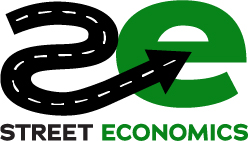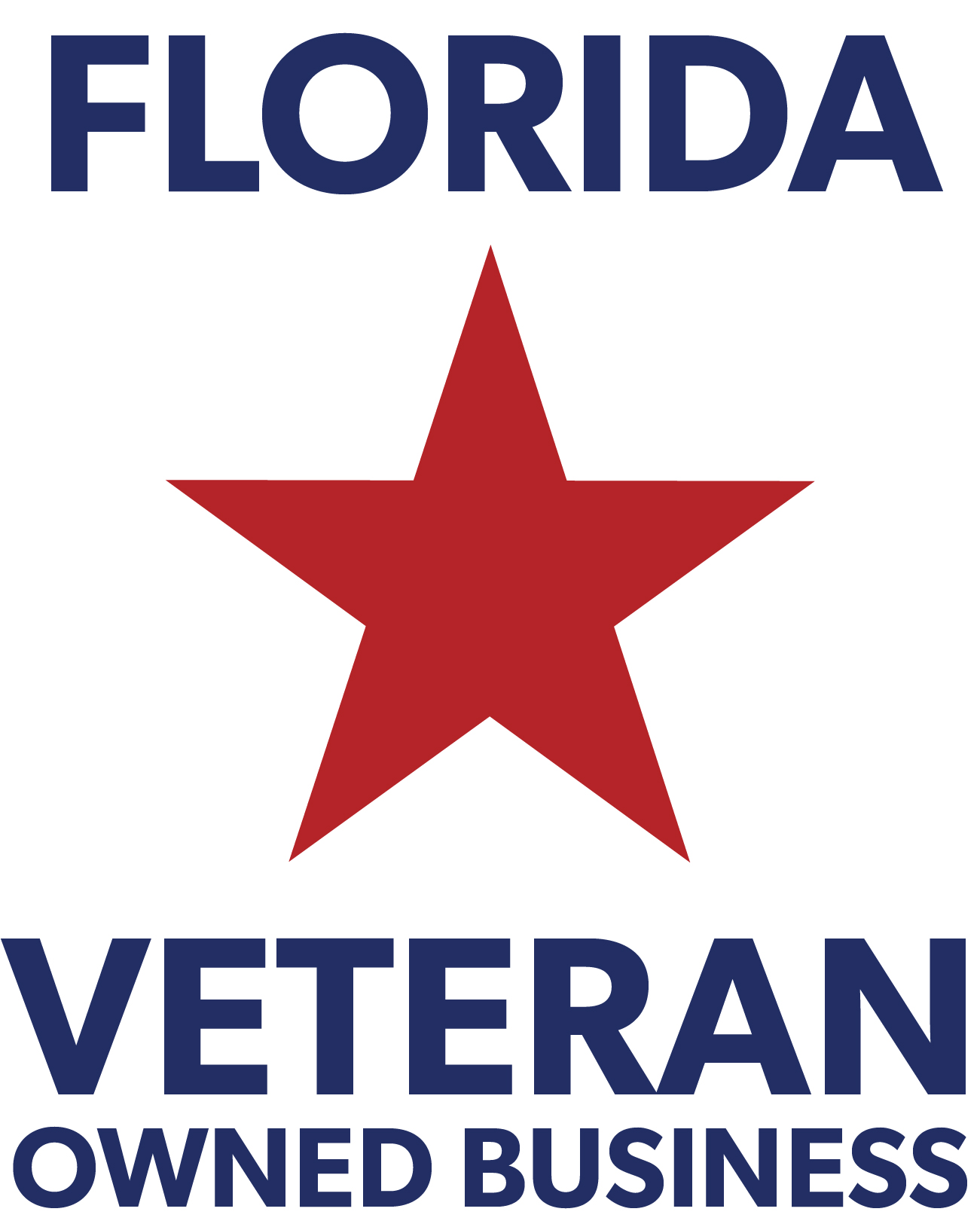Check out the Drama Meter for Spokane!
Spokane, Washington, is making a strategic play to position itself as a national leader in aerospace innovation. With $40 million in federal funding to support an aerospace tech hub, the city is doubling down on workforce development, research, and advanced manufacturing. This type of investment is not just about creating jobs, it’s about long-term economic positioning, supply chain competitiveness, and capitalizing on an industry with sustained growth potential.
For cities and counties with aerospace assets: whether it’s an Air Force or Space Force installation, an underutilized airport, or a cluster of aviation and defense manufacturers; there are key lessons in Spokane’s approach that can guide successful economic development strategies.
Aligning Local Workforce and Industry Needs
Spokane’s plan emphasizes workforce training through partnerships with schools, technical colleges, and research institutions. This is critical. Aerospace employers require a highly skilled workforce, and the competition for engineers, technicians, and advanced manufacturing specialists is fierce. Cities looking to grow their aerospace sector need to align their education and training programs with real industry demand. Not just create programs and hope businesses follow.
Leveraging Federal and State Resources
The federal funding Spokane secured is part of a broader economic development strategy. For communities looking to build an aerospace economy, understanding the available federal and state funding programs is key. From Department of Defense initiatives to FAA and NASA grants, there are multiple ways to support infrastructure, workforce, and R&D in aerospace. Economic development leaders need to actively seek these resources and align them with local industry needs.
Creating an Ecosystem, Not Just a Cluster
Aerospace economic development isn’t just about attracting one or two big players. It’s about building an ecosystem that includes OEMs, suppliers, logistics, testing facilities, and government partnerships. Spokane is using its funding to create a self-sustaining hub. One that can attract more businesses and talent over time. Cities with aerospace potential should look at how they can create a connected ecosystem rather than relying on a single employer or installation.
Implications for Cities with Aerospace Potential
For cities and counties with aerospace assets like BusinessFlare clients Martin County and the City of Homestead, Florida, where the Homestead Air Reserve Base was recently designated as a spaceport territory, this kind of strategic investment could be a game changer.
Communities need to ask:
- Do we have the right partnerships with schools and training centers?
- Are we aggressively pursuing federal and state funding opportunities?
- Have we mapped out our local aerospace supply chain and infrastructure gaps?
- Do we have a clear strategy to attract, retain, and scale aerospace businesses?
Spokane’s investment in aerospace is a case study in long-term economic positioning. Cities that recognize their aerospace potential and take strategic, market-driven action can turn it into a major economic driver. But it won’t happen by accident; it requires leadership, planning, and a willingness to compete at a national and global level.




Comments are closed